 CAN unusual clouds signal the possibility of an impending earthquake? That's the question being asked following the discovery of distinctive cloud formations above an active fault in Iran before each of two large earthquakes occurred. Geophysicists Guangmeng Guo and Bin Wang of Nanyang Normal University in Henan, China, noticed a gap in the clouds in satellite images from December 2004 that precisely matched the location of the main fault in southern Iran.It stretched for hundreds of kilometres, was visible for several hours and remained in the same place, although the clouds around it were moving. At the same time, thermal images of the ground showed that the temperature was higher along the fault. Sixty-nine days later, on 22 February 2005, an earthquake of magnitude 6.4 hit the area, killing more than 600 people.In December 2005, a similar formation again appeared in the clouds for a few hours. Sixty-four days later, an earthquake of magnitude 6 shook the region (International Journal of Remote Sensing, vol 29, p 1921).Guo and Wang suggest that an eruption of hot gases from inside the fault could have caused water in the clouds to evaporate.Another idea is that ionisation may be involved: Friedemann Freund at the NASA Ames Research Center in Moffett Field, California, recently demonstrated that when rocks are squeezed, positively charged ions form in the air above. The trouble is that ions usually help to form clouds, not dissipate them.The authors say that if recognisable cloud formations precede large quakes, they could be used for prediction, but other seismologists are sceptical. "There is no physical model that explains why something would suddenly occur two months before an earthquake, and then shut off and not occur again," says Mike Blanpied of the US Geological Survey's Earthquake Hazards Program.
CAN unusual clouds signal the possibility of an impending earthquake? That's the question being asked following the discovery of distinctive cloud formations above an active fault in Iran before each of two large earthquakes occurred. Geophysicists Guangmeng Guo and Bin Wang of Nanyang Normal University in Henan, China, noticed a gap in the clouds in satellite images from December 2004 that precisely matched the location of the main fault in southern Iran.It stretched for hundreds of kilometres, was visible for several hours and remained in the same place, although the clouds around it were moving. At the same time, thermal images of the ground showed that the temperature was higher along the fault. Sixty-nine days later, on 22 February 2005, an earthquake of magnitude 6.4 hit the area, killing more than 600 people.In December 2005, a similar formation again appeared in the clouds for a few hours. Sixty-four days later, an earthquake of magnitude 6 shook the region (International Journal of Remote Sensing, vol 29, p 1921).Guo and Wang suggest that an eruption of hot gases from inside the fault could have caused water in the clouds to evaporate.Another idea is that ionisation may be involved: Friedemann Freund at the NASA Ames Research Center in Moffett Field, California, recently demonstrated that when rocks are squeezed, positively charged ions form in the air above. The trouble is that ions usually help to form clouds, not dissipate them.The authors say that if recognisable cloud formations precede large quakes, they could be used for prediction, but other seismologists are sceptical. "There is no physical model that explains why something would suddenly occur two months before an earthquake, and then shut off and not occur again," says Mike Blanpied of the US Geological Survey's Earthquake Hazards Program.From issue 2651 of New Scientist magazine, 11 April 2008, page 12
by Lynn Dicks
As in the days of Noah....

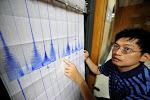

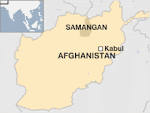







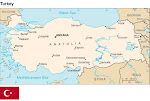
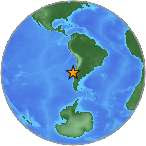




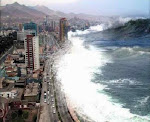

.jpg)


.bmp)
No comments:
Post a Comment